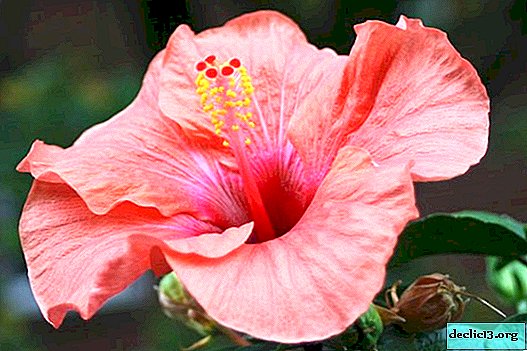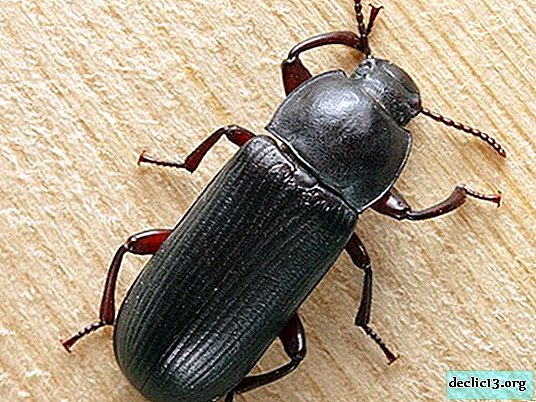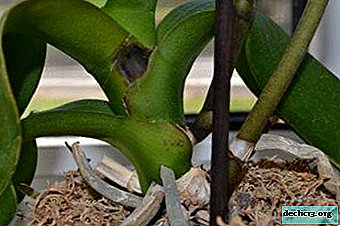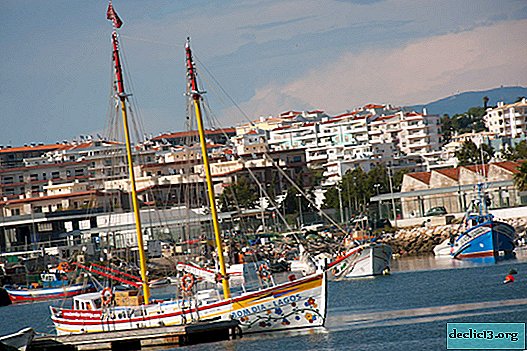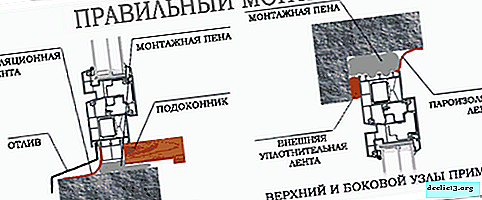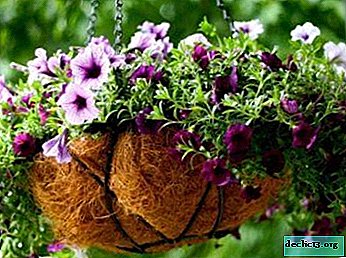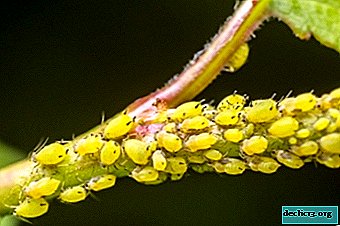Bright and spectacular rose Anniversary of the Prince of Monaco: description and photo, flowering and care, reproduction and disease
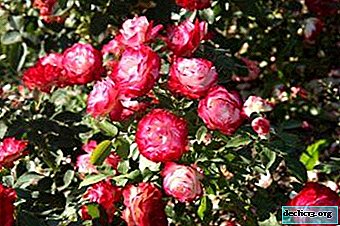
The anniversary of the Prince de Monaco is a dazzlingly bright and spectacular rose. It is famous for its unpretentiousness and abundant flowering.
The Rose of the Anniversary of the Prince of Monaco is also called Meyan Jubilee du Prince de Monaco (Meyan Jubile du Prince de Monaco) or Jubile du prince de Monaco.
In this article, you will read the description of this rose variety, see how it looks in the photo. Learn about the features of content and reproduction.
Grade description
 Externally, the plant looks like a bush, its height is less than a meter with dense and dense foliage of light green color. The stems are straight and slender, lignified at the base. A rose can be grown both in flower beds and in containers. It blooms several times during the season with short interruptions, therefore it is considered re-flowering.
Externally, the plant looks like a bush, its height is less than a meter with dense and dense foliage of light green color. The stems are straight and slender, lignified at the base. A rose can be grown both in flower beds and in containers. It blooms several times during the season with short interruptions, therefore it is considered re-flowering.
The queen of the flower garden can be considered Jubile du price Monaco for her charming flowers. With proper care, they appear in June and do not disappear before the onset of frost. So what are they? The buds are medium in size, light at the base and only the edges of a reddish hue. Brightness and saturation increase when the bud opens.
Rose has one wonderful property, it can change the color of the petals with age. The unblown bud has cream-colored petals with raspberry fringing. When the petals open, the cream shade turns to white, and the raspberry color at the edges passes into a cherry gradient. And finally, when the flower has already blossomed, it becomes almost the whole cherry color, and before wilting the shade of the petals is slightly lighter.
This variety has its pros and cons. pros:
- An unusually beautiful color of the flower, changing during the flowering period 3 times.
- Long and plentiful flowering in several steps.
- The decorative appearance of the bush is maintained throughout the flowering period.
- Resistance to frost and drought.
- Good rain tolerance.
- The possibility of using this variety of roses for use in landscape compositions.
Minuses:
- Weak aroma.
- Medium disease resistance.
- It is necessary to shelter in the winter, if the winter in the region is severe.
Photo
Further on the photo you can see how the rose Jubilee Prince de Monaco looks.




History of occurrence
This rose was bred in the famous French nursery Meilland in Europe. A new variety of roses was registered in the 2000th year. It is known that when creating the Anniversary of the Prince of Monaco, the seeds of the Jacqueline Nebut variety pollinated by the pollen of Tamango floribunda were used. A rose has many different names and they differ from each other depending on the place of breeding. For example, in the USA it is known as the Cherry Parfait rose, and in Australia - Fire & Ice (Fire & Ice).
For almost twenty years this variety has been sold on the market and during this time he managed to collect a large number of international awards. For example, in 2000, he received a silver medal at an exhibition in Madrid, and in 2007 he was awarded a gold medal at international trials of roses in the United States.
Bloom
When observing the flowering of this rose, you get a pleasure! Initially, the buds of a rose are light and medium sizedbut the edges of each petal have a reddish hue. As the bud opens, the brightness and saturation of the border increases.
At the opened flower, the diameter reaches 10 cm with the number of petals up to 30-40 pieces, and the height of the bush is 70-80 cm. Fresh petals at the beginning are white-cream, with the already mentioned raspberry border. In the process of growth, the cream shade turns into a light cherry. At the height of flowering, the roses resemble a whitish-raspberry cloud.
The flowering of this plant is intense, because dozens of flowers appear on the shoots at one time!Use in landscape design
Rose gives charm to any corner of the garden. It has a flexible character, suitable for different landscape styles. These flowers are good both in single or group planting, and with plants suitable for them. Roses hedges look beautiful.
Care
Landing
 For landing, you need to choose a sunny placeto be protected from the wind. If in summer the sun is too scorching, then it should be planted in a slightly darkened place.
For landing, you need to choose a sunny placeto be protected from the wind. If in summer the sun is too scorching, then it should be planted in a slightly darkened place.
- Before planting, prepare the soil. It needs to be dug with peat and compost. But with good soil, it can only be used with nitrogen fertilizers. If the soil is heavy and clay, then sand should be added to it to increase air permeability.
- A pit must be dug with a diameter of about 40 cm and the same depth. At the bottom, it is best to pour a drainage layer to remove excess moisture so that the roots of the plant feel good.
- When backfilling, the soil is compacted, and after that it is required to water the flowerbed abundantly.
Watering
You need to water the Prince of Monaco rose at least once every 2 weeks in normal weather and once every 3 days in a hot, dry period. Water should be at room temperature, one bucket is enough for one bush. Pour water carefully, in a thin stream under the root, without soaking the leaves and flowers.
Excessive watering must not be allowed.Top dressing
In the first year of a seedling's life, it is necessary to fertilize with organic fertilizers (liquid mullein, a solution of bird droppings, infusion on wood ash and herbs). Also make ready-made microbiological additives, for example, Planta, Baikal-EM and others. You need to feed only after watering, since the application of fertilizers in dry soil can lead to damage to the roots.
From the second year of the bush’s life in the season, 6-7 dressings should be done, alternately using mineral and organic fertilizers. Of mineral fertilizers, nitrophoska, superphosphate or nitroammophoska are best suited.
Pruning
 Pruning this variety of roses is required 2 times a year - in autumn and spring.
Pruning this variety of roses is required 2 times a year - in autumn and spring.
- In the fall, the plant is cut in mid-October. You need to trim all non-lignified shoots and all the green parts of lignified branches. Thus, only the strongest branches will remain on the bush, all foliage should be removed from them.
- In the spring, after dismantling the winter shelter, it is necessary to carefully examine the bushes and remove broken and frostbitten branches, leaving only the strongest shoots.
Loosening and mulching
The soil of the root circle needs regular cultivation and mulching. Loosening is carried out after watering, carefully, to a shallow depth so as not to damage the roots. This is necessary to maintain soil permeability.
The root circle is mulched after planting and after irrigation so that the earth does not dry out and to prevent pests and weeds. Weeds around the bushes should be weeded regularly so that they do not take away nutrients and moisture from the soil from the plant.
Shelter for the winter
Despite the frost resistance of this variety and its ability to tolerate temperatures up to -25 degrees, in regions with harsh winters, Prince de Monaco rose bushes must be sheltered for the winter. After autumn pruning, the earth around the bushes is mulched and sprinkled with dry foliage or straw. Top cover with fir spruce branches and cover with a special material. In the spring, with the onset of persistent heat, the shelter is removed.
Breeding
Rosa prince de Monaco is propagated only vegetativelyto preserve her varietal attributes. If reproduction occurs at home, then the best way is to cuttings. Cuttings should be taken from flowers that have grown and matured after the first flowering wave.
Protection against diseases and pests
 The Prince de Monaco is moderately resistant to diseases and pests, but under adverse weather conditions or improper care, plant infection can still occur. Very often there are diseases such as:
The Prince de Monaco is moderately resistant to diseases and pests, but under adverse weather conditions or improper care, plant infection can still occur. Very often there are diseases such as:
- powdery mildew;
- rust;
- black spotting.
Control measures: all damaged areas of the plant should be removed, and then treated twice with any fungicide.
If any chemical elements are present in the soil, then the rose may develop chlorosis. Roses often have iron chlorosis. With this disease, the leaves of the plant begin to turn yellow and curl, and then fall prematurely. In the treatment, top dressings are used that contain the missing element.
Of the pests often found:
- rose cicada;
- rose sawfly;
- rose aphids;
- bronze.
To get rid of them, you should treat the plant with insecticides, which can be purchased at a specialized store.
"Anniversary of the Prince of Monaco" conquers with the beauty of a flower. It will be a great addition to your garden. Rosa will delight you and your loved ones throughout the summer season.


